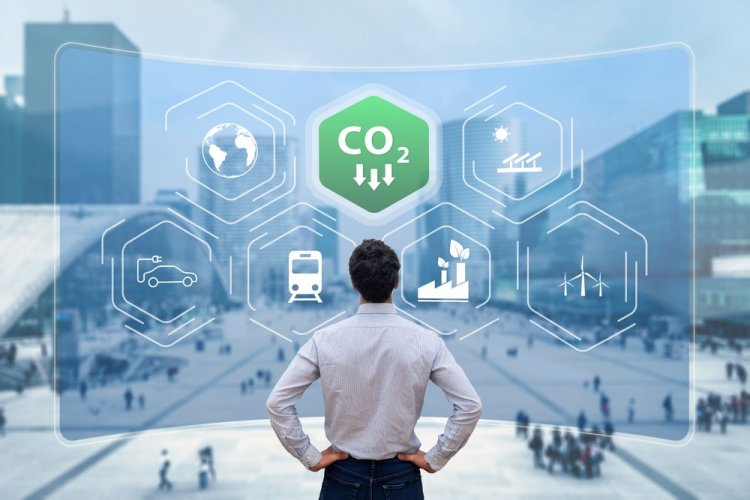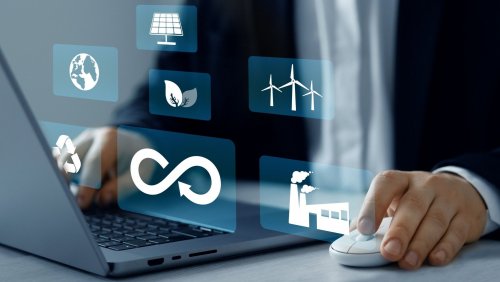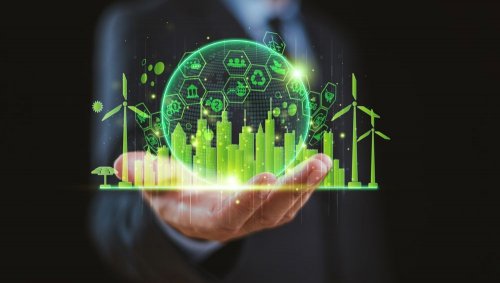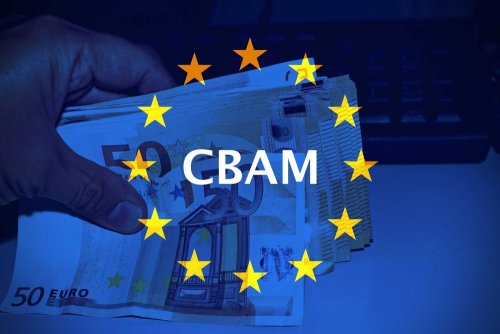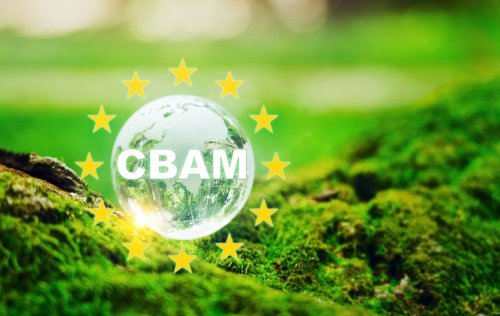To maintain the effectiveness of the European emissions trading system, it needs to be adapted to new economic conditions, the carbon adjustment mechanism for imports improved, and the price of carbon credits balanced with the costs of complying with emissions requirements.
This was stated by experts of the European Roundtable on Climate Change and Sustainable Transition (ERCST) in their third report on the project “The Future of Emissions Trading in the EU”.
Experts have identified 6 main aspects that EU officials need to pay attention to in order to maintain the effectiveness of the European Emissions Trading System (EU ETS) for greenhouse gases as a price signal and protect the competitiveness of EU industry. Here are the main points:
1. Adaptation and improvement of the EU ETS
- the emissions trading system should be adapted to the new economic conditions and the realities of global competition;
- coverage needs to be expanded to include new sectors such as municipal waste and agriculture, as well as to create a single system after 2031 (merging ETS1 and ETS2);
- increase the flexibility of the system's management, in particular through the reform of the Market Stability Reserve (MSR) and the ability to respond quickly to market changes.
2. Strengthening support mechanisms
- The carbon-based import adjustment mechanism (CBAM) needs to be improved, including by eliminating the risks of circumvention schemes (e.g., re-exports).
“However, significant challenges remain, and the upcoming review process this year is crucial, as time is running out for a trial-and-error approach. Unlike the ETS, which has evolved through numerous adjustments over the years, the CBAM must be finalized quickly to ensure its effectiveness,” the report says.
- Continuing to use trust funds (Innovation Fund, Modernization Fund, Just Transition Fund, Hydrogen Bank) to reduce the cost of decarbonization.
3. Balancing price and cost
- According to ERCST experts, the market price of EUA carbon credits (EU Allowances) should remain high enough to motivate decarbonization;
- At the same time, the cost for industry should not be prohibitive – it should be mitigated through free allowances (temporarily), compensation for indirect costs (e.g., through the price of electricity), and investment support.
4. Create opportunities for international emissions trading and carbon capture
- Integrate carbon dioxide removal (CDR) mechanisms, both domestic and international, into the next revision of the EU ETS;
“Removal can play a crucial role in achieving net neutrality and contribute to the efficient functioning of the carbon market,” the report says.
- Consider linking with other markets, such as the UK's emissions trading system.
5. Supporting demand for low-carbon products
The authors of the report emphasize the need to invest in creating demand for environmentally friendly products. They propose to realize this through:
- public procurement;
- labeling;
- support for consumer markets.
6. Ensuring social equity and acceptability
ETS2 (for transport and buildings) can be difficult for small and medium-sized enterprises and households that do not have free allowances, so it is necessary to prepare social support measures in advance, experts warn.
“The costs associated with the EU ETS should not be an unbearable burden for those who need to decarbonize. High prices should not be confused with high costs – we aim for high prices, but prices that industry can bear and that do not threaten its viability,” the ERCST says.
At the end of November, EcoPolitic wrote that the EU calculated how effective its carbon market was in 2023-2024. It turned out that emissions reductions for 2023 and the first half of 2024 amounted to a historic figure of 16.5%, and compared to emissions from installations in 2005, the reduction was 47.6%.

